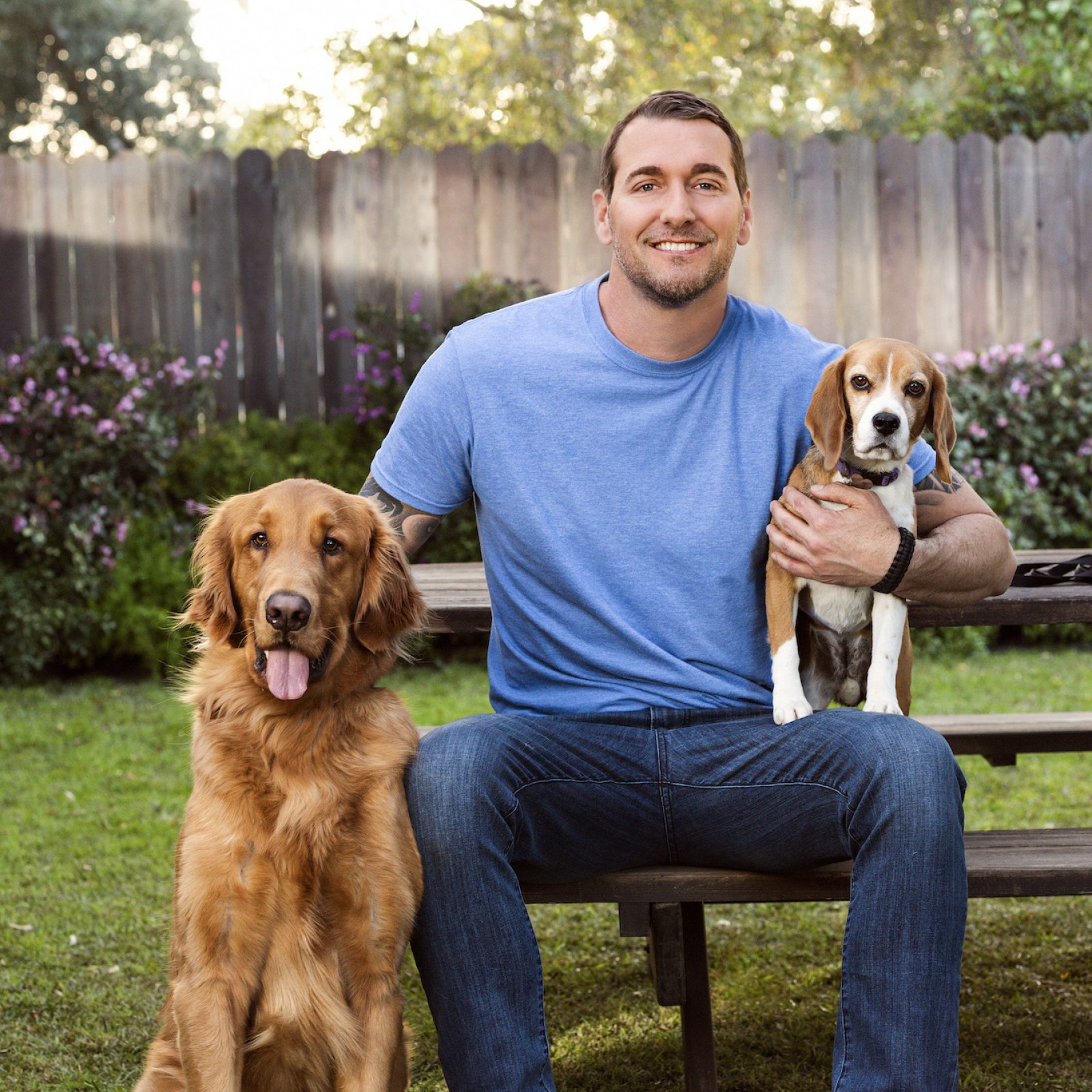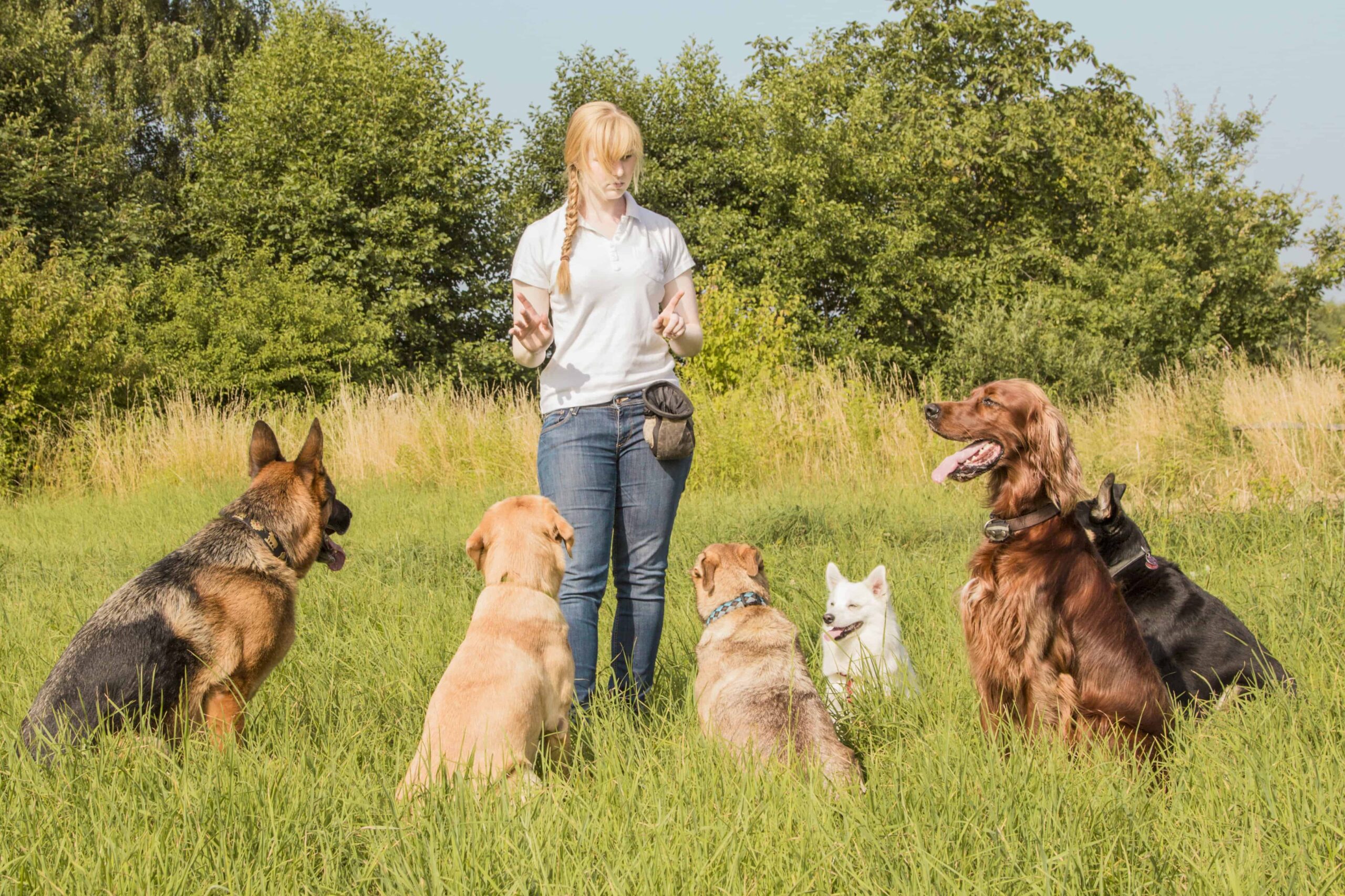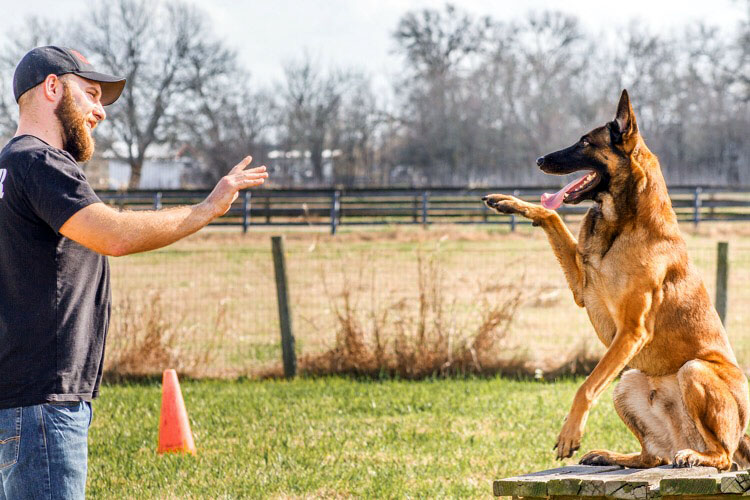Common Mistakes to Avoid During Dog Training for Better Results
Common Mistakes to Avoid During Dog Training for Better Results
Blog Article
Leading Pet Dog Educating Techniques Every Proprietor Must Know

Favorable Support Techniques
Using favorable reinforcement methods is essential for efficient pet dog training, as it fosters a relying on bond between the canine and the fitness instructor. This technique focuses on rewarding preferable actions instead than penalizing unwanted ones, producing an atmosphere for learning. Benefits can include treats, appreciation, or playtime, which encourage pets to repeat the behaviors that gain them these rewards.

Additionally, this technique boosts the pet dog's excitement for training sessions. When canines connect training with positive experiences, they are more engaged and receptive. Past instant therapy, positive support urges a joint connection in between the canine and instructor, minimizing stress and anxiety and anxiety
To take full advantage of performance, it is critical to deliver incentives quickly, making certain the pet dog connects the habits with the support. Essentially, favorable reinforcement techniques not just generate better-trained dogs yet additionally promote an unified collaboration between pet and proprietor.
Remote Control Training Technique
The remote control training approach is an extremely reliable method that builds on the principles of positive reinforcement by adding an unique sound to mark wanted habits. This approach makes use of a small portable device that generates a clicking sound, enabling instructors to interact with their dogs in a clear and immediate fashion. When a dog does a behavior that the proprietor wants to motivate, the remote control is triggered, adhered to by a reward, usually in the kind of treats or appreciation.
The secret to effective remote control training hinges on uniformity and timing. It is important to click at the specific minute the preferred behavior happens, making certain that the canine connects the audio with the action and the succeeding reward. This approach not just improves communication but likewise promotes a more powerful bond between the owner and the pet, as it motivates interaction and communication during training sessions.
Clicker training can be related to a selection of commands and actions, from fundamental obedience to a lot more complex techniques. Its convenience and effectiveness make it a preferred method among professional fitness instructors and pet proprietors alike, leading the way for a well-trained and receptive canine companion.
Chain Training Basics
Reliable chain training is important for making sure a delightful and secure strolling experience for both pets and their proprietors. A flat collar might work for some dogs, while others may profit from a harness that lowers pulling.
Introduce your pet to the chain gradually, permitting them to discover it in a comfy setting. Technique loose-leash walking once they are accustomed. This includes gratifying your dog for walking beside you as opposed to drawing in advance. Use deals with and appreciation to strengthen wanted behavior, and be certain to stay calm and assertive.
If your pet dog begins to pull, stop strolling promptly. Furthermore, technique numerous strolling environments to help your dog adapt to disturbances.
Regular technique will strengthen your pet's understanding of leash etiquette. Bear in mind that leash training is an ongoing process; patience and uniformity will certainly produce the ideal results, cultivating a favorable experience for both you and your canine friend.
Socializing Techniques
Socializing is an important element of dog training that ought to ideally begin throughout puppyhood yet can be valuable at any kind of age. Reliable socialization assists pets create confidence and minimizes the likelihood of behavior issues. To implement successful socialization methods, subject your pet dog from this source to a selection of settings, individuals, and various other animals.
Start with regulated settings, such as puppy courses or arranged playgroups, where young dogs can engage safely. Progressively present your canine to new experiences, including different noises, surfaces, and tasks. Make certain these encounters are positive and rewarding to establish a complacency.
For adult canines or those doing not have direct exposure, begin with low-stress situations. Short, positive interactions with tranquil canines and friendly humans can produce positive associations. Make use of treats and appreciation to strengthen desirable habits during these experiences.

Consistency and Persistence
Acknowledging the importance of consistency and patience in dog training is crucial for accomplishing enduring outcomes. Inconsistent pop over to this site training can lead to confusion, making it hard for the dog to understand habits or commands, eventually impeding development.
Dogs, like humans, find out at their very own rate. This cultivates a trusting relationship in between the dog and owner, encouraging an extra enthusiastic and ready student.
To grow consistency and patience, establish a normal training regular, make use of the very same commands, and ensure that all member of the family use the very same training concepts - Dog training. By doing so, you develop a stable atmosphere for learning, enabling your canine to establish and thrive into a mannerly companion
Verdict
To conclude, reliable pet dog training strategies, such as favorable reinforcement, remote control training, and proper leash training, are necessary for promoting a healthy owner-dog connection. In addition, executing socialization methods and keeping uniformity and patience throughout the training process adds substantially to a pet's general wellness. By incorporating these techniques, pet dog proprietors can assist in the development of well-adjusted, loyal pet dogs, inevitably enhancing the top quality check of life for both the pet and the owner.
Among the most noticeable techniques are positive reinforcement, clicker training, and leash training, each offering special advantages that add to a well-behaved canine. As we discover these essential methods, it becomes obvious that grasping their nuances can significantly impact the training experience and the dog's overall actions.Utilizing favorable support techniques is important for efficient canine training, as it cultivates a trusting bond between the trainer and the canine.In verdict, reliable pet training methods, such as positive reinforcement, clicker training, and appropriate leash training, are important for cultivating a healthy and balanced owner-dog relationship. By integrating these techniques, pet dog owners can facilitate the growth of well-adjusted, obedient family pets, ultimately enhancing the top quality of life for both the dog and the owner.
Report this page